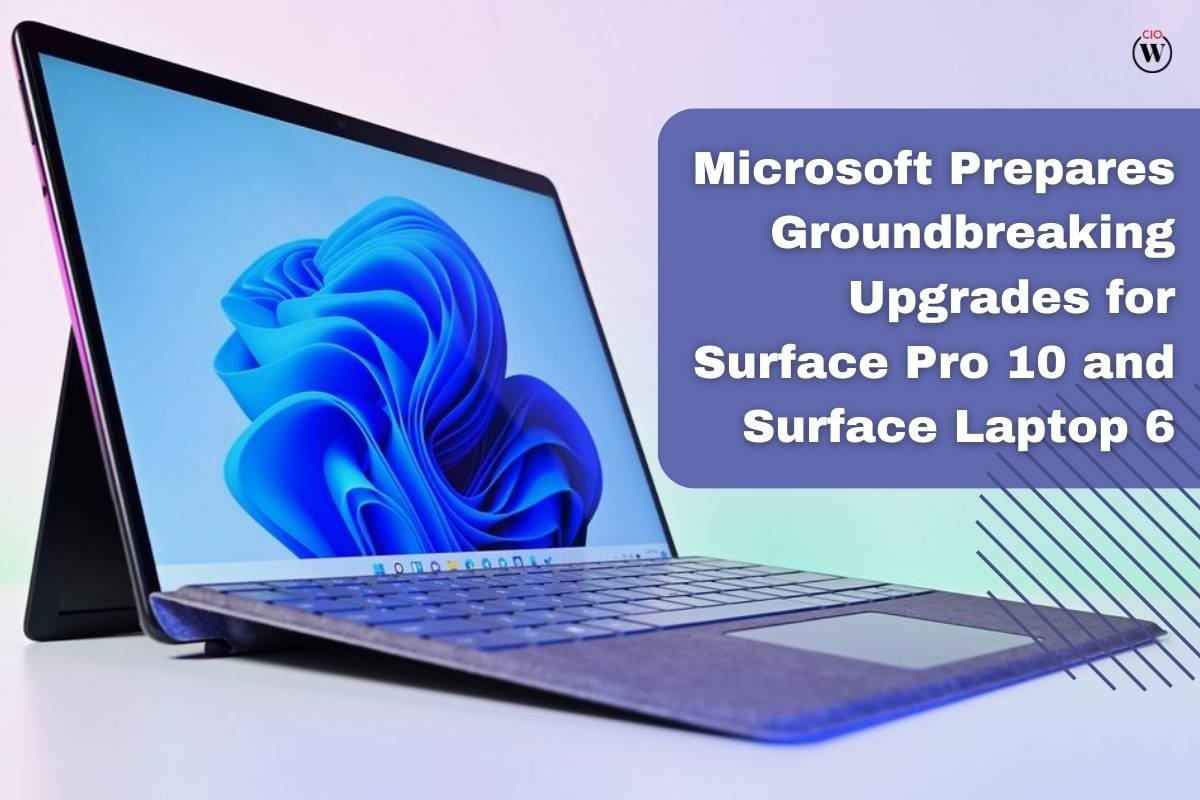Source – Windows Central
In an exciting development reported by Windows Central, Microsoft is gearing up to revolutionize its Surface lineup with cutting-edge artificial intelligence (AI) features. Unnamed sources have revealed that the forthcoming Surface Pro 10 and Surface Laptop 6 will be equipped with a next-generation Neural Processing Unit (NPU), offering a significant leap in computational capabilities. Notably, both devices will provide users with a choice between Intel and Arm-based options, showcasing Microsoft’s commitment to versatility in computing.
ARM-Based Innovation: Qualcomm’s Snapdragon X Chips Take Center Stage
The Arm-based devices, codenamed CADMUS, are set to be powered by Qualcomm’s latest Snapdragon X chips, as per Windows Central’s insider information. These PCs will not only run AI features embedded in an upcoming Windows release but are also anticipated to deliver enhanced performance, extended battery life, and heightened security comparable to Apple’s silicon. This strategic move aligns with Microsoft’s quest to stay at the forefront of technological advancements in the fiercely competitive PC market. Simultaneously, the Intel version of the devices is expected to feature the cutting-edge 14th-gen chips from the renowned semiconductor company.
Enhanced Displays, Connectivity, and Future Prospects
Beyond the internal upgrades, the Surface Pro 10 and Surface Laptop 6 are rumored to boast a brighter display with High Dynamic Range (HDR) support and an anti-glare coating. Users may have the option to choose from resolutions of either 2160 x 1440 or 2880 x 1920. Additionally, there are whispers of rounded corners reminiscent of the Microsoft Surface Laptop Studio lineup. Windows Central speculates that a new Type Cover accompanying the Surface Pro 10 could introduce a dedicated button for Windows Copilot, enhancing user experience.
As for the Surface Laptop 6, Windows Central suggests that the smaller model will feature a slightly larger 13.8-inch display, while the 15-inch model will maintain its current size. A rounded display with thinner bezels is expected to grace both models, providing a sleek and modern aesthetic. Furthermore, the device may offer an array of new ports, including two USB-C, one USB-A, and one for Surface Connect charging. The inclusion of a haptic touchpad and a keyboard button dedicated to Windows Copilot adds an extra layer of convenience for users.
While the release of the Surface Pro 10 and Surface Laptop 6 is anticipated sometime next year, Windows Central tantalizingly hints at a more substantial design overhaul for the Surface Pro in 2025, accompanied by a refreshed Surface Laptop Studio. Microsoft’s commitment to innovation seems unwavering as it continues to push the boundaries of what its Surface devices can deliver to users.








